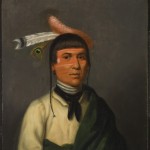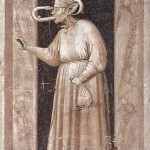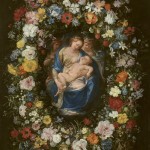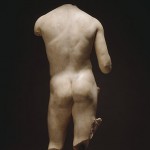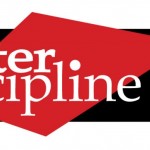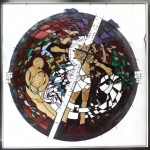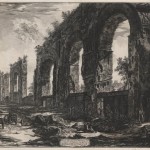
In February 2014 two exhibitions on the eighteenth-century Italian artist Giovanni Battista Piranesi will open in Melbourne. The State Library of Victoria will host ‘Rome: Piranesi’s Vision’ – an exhibition of Piranesi’s prints, with a particular focus on his Vedute di Roma. This exhibition will draw on the collections of the State Library of Victoria and the University of Melbourne. It will also include illustrated books and paintings by his contemporaries. More information and details of related events on the SLV website. The exhibition is free and will run from Saturday 22 February 2014 – Sunday 22 June 2020 at the Keith Murdoch Gallery in the State Library of Victoria. The Ian Potter Museum at the University of Melbourne will host ‘The Piranesi Effect’. This exhibition will juxtapose Piranesi’s engravings with contemporary art. It will include objects from the Classics and Archaeology Collection…

